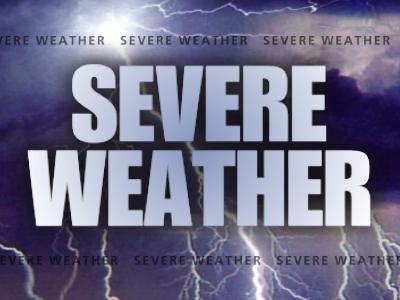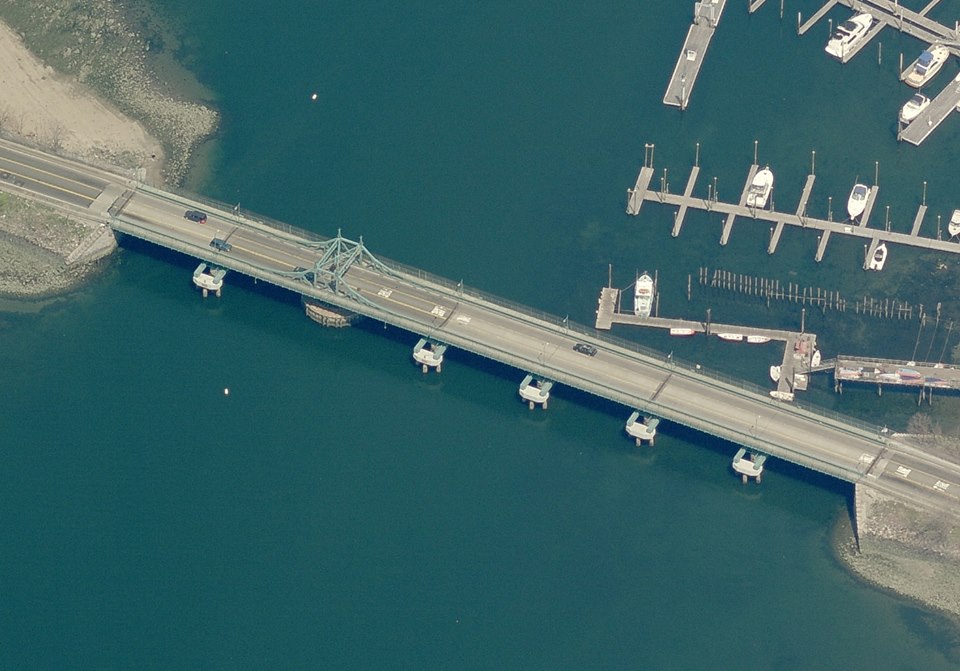LOVING LAVENDER

Lavender is an herb. The flower and the oil of lavender are scientifically used to make medicine.
Lavender is used for restlessness, insomnia, nervousness, and depression. It is also used for a variety of digestive complaints including abdominal swelling from gas in the intestinal or peritoneal cavity, loss of appetite, vomiting, nausea, intestinal gas, and upset stomach.
Some people use lavender for painful conditions including migraine headaches, toothaches, sprains, nerve pain, sores, and joint pain. It is also used for acne and cancer, and to promote menstruation.




